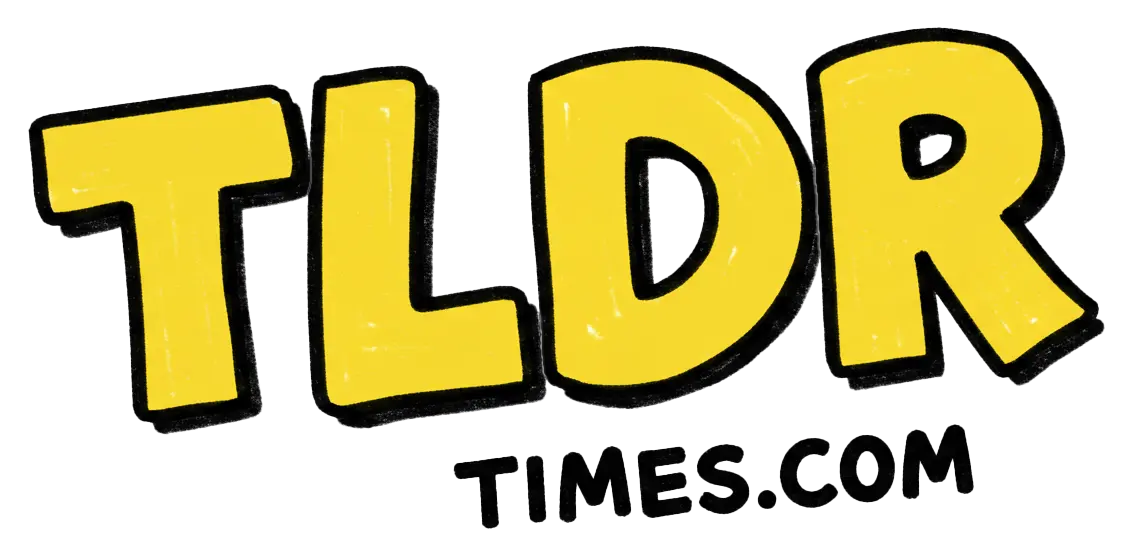TikTok videos are about to get crowdsourced fact checks on them

Explain Like I'm 5
Imagine you're watching a magician pull a rabbit out of a hat, and you're trying to figure out if it's real magic or a trick. Now, TikTok is like a big magic show where people can post videos about all sorts of things. Some of these things might be tricks too, or not exactly true. So, TikTok is introducing a new tool called "Footnotes" that lets other people, like the audience watching the magic show, put little notes on videos to say, "Hey, this is how the trick is done," or "Nope, that's not quite right." This way, when you watch a video, you can also see these notes and learn if what you're seeing is real or just a trick!
Explain Like I'm 10
TikTok is full of fun videos, but sometimes, people aren't sure if what they're watching is true. To help everyone out, TikTok is starting a new feature called "Footnotes," which is like a big community project where users help check if information in videos is correct. It's like when you do a group project at school and everyone adds a bit of information to make the project better.
Very soon, if you're watching TikTok in the US, you might start seeing these Footnotes on some videos. These notes will give extra information or correct mistakes in the video. Plus, TikTok is letting everyone who watches help out by saying if they think these Footnotes are helpful or not, kind of like giving a thumbs up or thumbs down. It's a way for everyone on TikTok to help each other learn and make sure the information is as true as possible.
Explain Like I'm 15
TikTok, the popular video-sharing platform, is launching a new initiative called "Footnotes," which taps into the power of its user community to fact-check content. This program allows users to add contextual notes to videos, which can verify or correct information presented. It's like peer-reviewing in academic publications, but for social media content.
This move comes as social media platforms face increasing scrutiny over the spread of misinformation. By enabling community fact-checking, TikTok is essentially delegating part of the responsibility to its users, empowering them to help improve the accuracy of shared information. Users in the US will soon see these Footnotes on videos and will have the opportunity to rate their usefulness, essentially participating in a large-scale, crowd-sourced verification process.
The broader implications of this are significant. It reflects a shift in how information credibility is managed in the digital age, relying more on collective community engagement rather than top-down moderation alone. Economically, it could enhance user engagement and trust in the platform, while socially, it might foster a more informed and critical viewer base. Politically, it could contribute to a more informed public discourse if effectively implemented. However, the success of such a system will depend heavily on user participation and the accuracy of the contributions.
Want to read the original story?
View Original Source